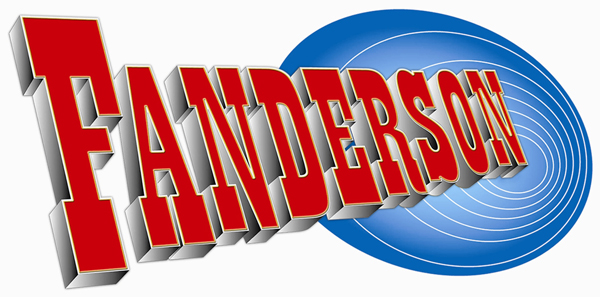The career of Harry Oakes who died on 11th of December 2012 at the age of 91 represented virtually a history of British science-fiction horror filmmaking.
His first professional photography experience came whilst serving in the army during World War II when he transferred from the Royal Corps of Signals to the Army Film And Photographic Unit (AFPU). With the AFPU he photograph the Allied invasion of Germany and the liberation of the notorious Bergen-Belsen concentration camp. He later served in south east Asia before returning to Europe in December 1946 to film the Allied occupation of Vienna.
On his demobilisation from the army Oakes enters the film industry with Hammer Films who were by the late 1940s producing large numbers of low-budget thrillers designed for double features. His first known work for the company was the 1949 production of The Man In Black, based on the BBC radio series of the same name. Oakes stayed with the company throughout the 1950s, starting in the camera department as the clapper loader before graduating to the more prestigious position of focus puller. As such he worked on Hammer’s massively popular breakthrough productions of the decade including The Quatermass Xperiment (1955) The Curse Of Frankenstein (1957) and Dracula (1958).
Although the company was hugely successful, Oakes found chances for advancement limited, though he was second unit cameraman on their 1961 thriller Taste Of Fear. His final work for Hammer was on Joseph Losey’s science fiction drama The Damned, which was released in the UK in May 1963. He moved on to AP Films, where their specialist requirements enabled many people to get a break in the film business they might not otherwise have managed.
Although Oakes’ first credit for APF is as Special Effects Lighting Cameraman on Thunderbirds, his family informed Fanderson that he joined the Anderson crew with Fireball XL5, though his exact duties are unknown. This would explain the apparent leap from Focus Puller to Lighting Cameraman suggested by his known credits.
Such was the scale of the production that Thunderbirds had two visual effects units running simultaneously, one under Derek Meddings and the other headed by Brian Johncock (later known as Brian Johnson), and Oakes lit Brian’s unit. He stayed with the company for the rest of the Supermarionation productions, lighting Shaun Whittacker-Cook’s effects unit for the 1966 film Thunderbirds Are Go before moving on to do the same job on five episodes of Captain Scarlet And The Mysterons. Here he alternated episodes with Bert Mason, before leaving the series to be overall Director of Photography on Thunderbird 6, which started shooting in May 1967.
From here Oakes was Visual Effects Lighting Cameraman on eight episodes of Joe 90, alternating episodes first with Bert Mason, then Les Paul. He moved from this production to light Derek Meddings’ visual effects unit on the live action production Doppelgänger, then moved straight on to the effects of The Secret Service for only two episodes before that series’ unexpected cancellation. Although the Supermarionation era had ended, Oakes was retained for Derek Meddings’ Visual Effects unit on UFO.
He was back with Anderson as Lighting Cameraman for the unaired pilot film The Investigator and joined the special effects unit on Space:1999‘s first season, lighting Brian Johnson and Nick Allder’s effects. Increasingly he found work outside of the Anderson team, and when Space:1999 returned for a second season Oakes was unavailable, probably due to his work on the World War I flying movie Aces High (1978), for which Derek Meddings supplied the special effects.
Although Gerry Anderson was unable to get projects off the ground in this period, a boom in British special effects occurred in the late 1970s, spurred on by the success of Star Wars, kept Oakes in constant employment. Superman: The Movie‘s shoot was so long that his several month-long stint on the production was merely as a stand-in while the indisposed Paul Wilson returned. Other major film productions benefitting from Oakes’ camerawork include Flash Gordon (1979), Superman III (1982), Aliens (1985) and Memphis Belle (1989).
During the eighties Oakes returned to work for Gerry Anderson on his comeback series Terrahawks (1983-85), on which a young Steven Begg was in charge of the model effects. Steven was thrilled to be working with an old Anderson hand and learned much from him about the model techniques used in the Century 21 days. The two became close friends, and Oakes came out of retirement at Steven’s request to work on the first nine episodes of Space Precinct in 1995.
Harry was a long time member of the British Society of Cinematographers, and enjoyed meeting up with old colleagues at BSC events. He spent his last years at a care home where old friends and co-workers would visit. Well known for his good humour as well as his photographic skills, Harry will be greatly missed by all who knew him.
Originally published in FAB 74.
